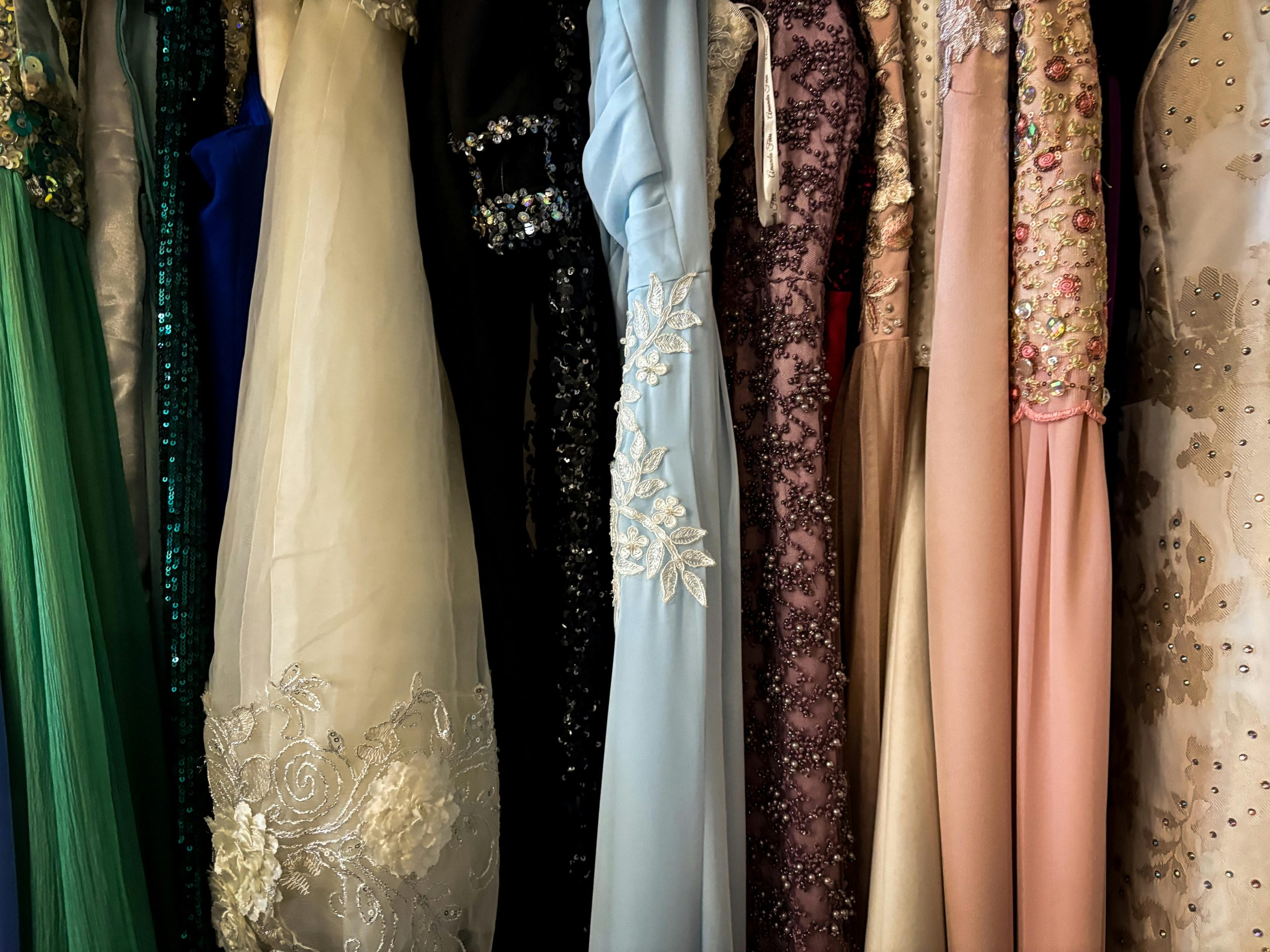The Sustainability Challenges Facing Luxury Fashion Houses Today
Luxury fashion houses have long been synonymous with glamour, excess, and exclusivity. However, in recent years, the industry has been forced to confront the harsh reality of its environmental impact. As consumers become more conscious of their choices and demand sustainability from the brands they support, luxury fashion houses are facing a new set of challenges. From the unsustainable use of resources to harmful production practices, the sustainability issues plaguing the luxury fashion industry are vast and complex. In this article, we will explore the key challenges facing luxury fashion houses today and the steps being taken to address them.
The Environmental Impact of Fast Fashion
The rise of fast fashion has had a significant impact on the environment, and luxury fashion houses are not immune to its effects. The demand for new and affordable clothing has led to a rapid turnover of collections and an increase in production and consumption. This has resulted in a staggering amount of waste, with the fashion industry producing approximately 92 million tonnes of waste and using 1.5 trillion liters of water per year.
What’s more, the use of synthetic materials, such as polyester, is also a major concern. These materials can take hundreds of years to decompose, releasing harmful chemicals and microplastics into the environment. The production of these materials also consumes large amounts of resources, further contributing to the industry’s environmental footprint.
The Pressure to Keep Up with Trends
One of the main challenges facing luxury fashion houses is the pressure to keep up with ever-changing trends. With the rise of social media and influencer culture, consumers are bombarded with new styles and products every day. This has led to a constant demand for new collections, putting immense pressure on brands to release new products at a rapid pace.
This pressure to keep up with trends and produce new collections has resulted in a cycle of overproduction and waste. When trends change, unsold products are often destroyed or discarded, rather than being donated or recycled. This not only has a detrimental impact on the environment but also contributes to the perception of luxury fashion as disposable and wasteful.
Ethical Concerns in the Supply Chain
In addition to the environmental impact of production, luxury fashion houses are also facing ethical concerns in their supply chains. The pressure to produce new collections quickly and affordably often results in labor exploitation and unsafe working conditions in factories. This has been highlighted by various reports, such as the 2013 Rana Plaza disaster in Bangladesh, which killed over 1,000 workers.
Brands are now facing increasing pressure from consumers and watchdog organizations to ensure that their products are ethically sourced. This means implementing fair labor practices, ensuring safe working conditions, and providing fair wages for workers throughout the supply chain. While some luxury fashion houses have taken steps to address these concerns, there is still a long way to go towards creating a truly ethical fashion industry.
The Challenge of Sustainable Materials and Practices
Another challenge facing luxury fashion houses is the shift towards sustainable materials and practices. Many brands are now incorporating sustainable materials, such as organic cotton and recycled polyester, into their collections. While this is a step in the right direction, it also poses challenges in terms of sourcing these materials and ensuring their quality and availability.
Additionally, implementing sustainable production practices, such as reducing energy and water consumption and minimizing waste, can be costly and require significant investments in technology and infrastructure. Luxury fashion houses must navigate these challenges and work towards incorporating sustainable materials and practices into their operations, while still meeting the demands of consumers and maintaining their brand image.
Steps Towards Sustainability
Despite the challenges facing luxury fashion houses, there are positive steps being taken towards sustainability. Brands are now exploring new technologies and innovations, such as 3D printing and blockchain, to reduce waste and increase transparency in their supply chains. They are also partnering with NGOs and other organizations to promote ethical and sustainable practices throughout the industry.
Moreover, consumers are becoming more aware of the impact of their choices and are demanding sustainable options from their favorite luxury brands. This growing demand for sustainability is pushing brands to take action and incorporate more eco-friendly practices into their operations.
Collaboration and Transparency are Key
Ultimately, the sustainability challenges facing luxury fashion houses cannot be solved by individual brands alone. Collaboration and transparency throughout the industry are crucial for creating lasting change. Brands must work together and share resources and knowledge to implement sustainable practices and ensure ethical sourcing.
Transparency is also essential in building trust with consumers. Luxury fashion houses must be open and honest about their sustainability efforts and their impact on the environment and society. By involving consumers in the conversation and being transparent about their operations, brands can create a more sustainable and responsible luxury fashion industry.
In Conclusion
The sustainability challenges facing luxury fashion houses today are complex and multifaceted. However, there is hope that with collaboration, innovation, and consumer demand, the industry can move towards a more sustainable future. By addressing issues such as overproduction, ethical concerns, and the use of sustainable materials and practices, luxury fashion houses can create a more responsible and environmentally friendly industry, without compromising on style and luxury.










